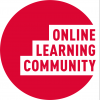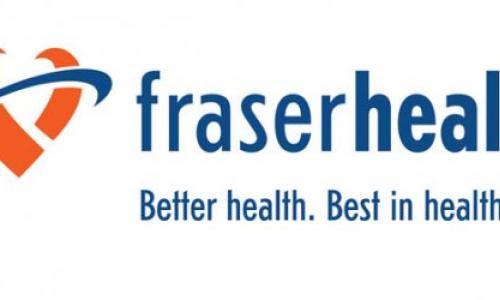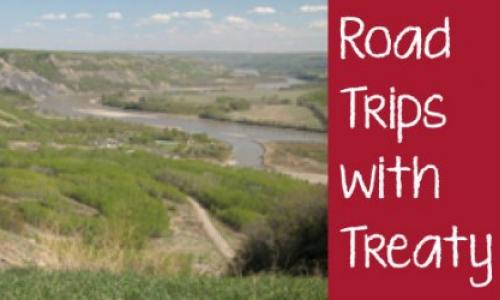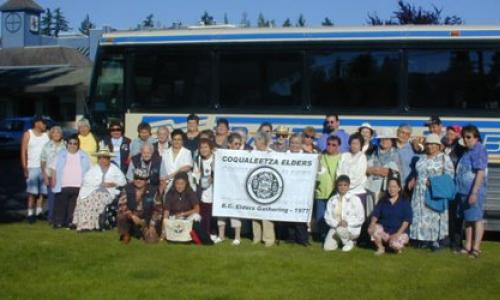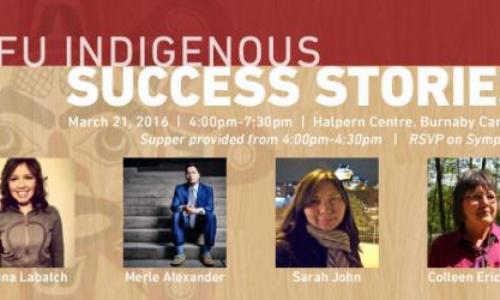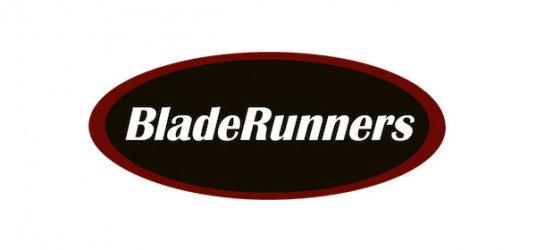
In 1994, Vancouver was thriving. The BC Lions defeated Baltimore to win the Grey Cup ending a 9 year drought, and construction on a new arena to house the Vancouver Canucks was well underway. General Motors paid $18.5 million to name it GM Place and 25 at-risk youth from the streets of the Downtown Eastside were hired to work on the site as entry level labourers. They were part of a new and innovative program called BladeRunners.
The concept for BladeRunners was first conceived by a group of community minded individuals from Vancouver. They wanted to match the ever-growing employment needs of the construction industry with opportunities for inner city disadvantaged ‘street-involved’ youth. In order to help the kids get beyond the multiple barriers to employment that most of them possessed, a system comprised of four key components was developed:
-
Life skills workshops focused upon instilling positive social and workplace behaviours;
-
Provincially recognized health and safety training providing successful participants with certificates upon completion;
-
Coordinators or Job Coaches who provided ‘on call’ support both on and off the worksite and outside of regular office hours;
-
Employer partners willing to hire at-risk youth in order to give them a chance to prove themselves.
These four components formed the pillars of what would become the award winning BladeRunners model – a model that was developed almost 20 years ago but remains viable and even more relevant today.
Since it began in 1994, thousands of at-risk youth from across British Columbia have successfully participated in BladeRunners. The Province formally began supporting the program in 1996 when they took on a stewardship role. The Aboriginal Community Career Employment Services Society became a major funder in 2002 and is now a contracted program manager overseeing twelve service delivery agencies throughout the Lower Mainland and Vancouver Island where the bulk of the program is delivered.
During the 2011-2012 fiscal year, over 1100 at-risk youth from across British Columbia have received training and support through various iterations of BladeRunners. What began primarily as a training program preparing at-risk youth for work in the construction industry, is now a diverse delivery model that allows service delivery agencies to target all industries of the labour market. For example, Caraboo Chilcotin Aboriginal Employment Training Centre trained five at-risk youth last year as heavy equipment operators and all five are now working in various mines throughout the province. Stó:Lō Aboriginal Skills Employment Training has partnered with Fraser Valley University to deliver an Early Childcare Program for all female cohorts. And Intersections Media Opportunities for Youth Society has been delivering a program since 2010 training students for entry level positions in the film industry. All of these programs and the students trained through them, wear the BladeRunners brand proudly.
Labour Market Agreement
The Canada-British Columbia Labour Market Agreement (the "Agreement" or "LMA") was signed February 20, 2008 and continues until March 31, 2014. Under the Agreement BC receives approximately $65.7 million per year ($394.2 million over six years) from the federal government to invest in labour market programs. Working in cooperation with the Government of Canada, the MRESD is responsible for oversight and management of skills development programs funded through the Agreement.
The overall goal of the LMA is to support labour market participation. Section 10 of the LMA specifically identifies two groups of eligible beneficiaries:
-
Unemployed individuals who are determined to be non-Employment Insurance clients; and,
-
Employed individuals who are low-skilled, in particular employed individuals who do not have a high school diploma or a recognized certification, or who have low levels of literacy and essential skills.
LMA funding currently supports training initiatives in the following categories:
-
Employment Services for Unemployed or Low-Skilled Employed Clients (e.g. employment assessment, resume-writing and job interview assistance).
-
Skills Development and Upgrading Interventions for Unemployed (e.g. earnings supplements, formal training).
-
Work Experience Interventions for Unemployed Clients (e.g. job placements and project-based job creation).
-
Interventions that Offer Skills Development and/or Work Experience Components for Employed and/or Unemployed Clients (includes integrated projects for youth at-risk, persons with disabilities or non-EI-eligible workers who have been laid off).
-
Skill Development and Training for Low-Skilled Employed Clients (includes training offered by the employer to their employees, either in the workplace or off-site).
Micheal Crier
Micheal Crier was homeless and dealing with outstanding criminal charges and substance misuse when he entered the BladeRunners program in September 2011. During his training he was punctual, reliable, and impressed everyone as a very friendly young man. He went to work with Nova Drywall at their 66th West Cordova site in Vancouver.
Through a partnership with the Vancouver Foundation ACCESS BladeRunners were able to help Micheal secure safe, affordable housing and he moved into a new apartment on November 4th, 2011. However, due to a work shortage Micheal was laid off by Nova not long after he moved into his new apartment but he soon found another job with Artisan Interiors. Artisan was so impressed with his performance that they quickly gave him a $2.00 an hour raise. Unfortunately, his hours were cut back and he eventually moved on to Lower Mainland Steel where he is currently employed. Micheal says, “BladeRunners is a fantastic program that helped me get on my feet. I have a better life. I really appreciate it.”
Monica Watts
Moncia Watts grew up on a reserve in Northern British Columbia and has been on her own since she was 16 years old. She has four children under the age of 10 and was looking for way to support her family when she joined the BladeRunners. During her training she was very eager to learn, demonstrated a great attitude, and was a leader among her peers. BladeRunners Coordinators noticed her leadership and put her to work with Power Drywall at their University of British Columbia site. She worked there for 3 months until she was laid off due to a shortage of work. She eventually obtained her H2S Alive ticket through BladeRunners and found employment with an oilsands company in Fort McMurray where she is currently working.
To find out more about Blade runners http://www.bladerunners.info/









